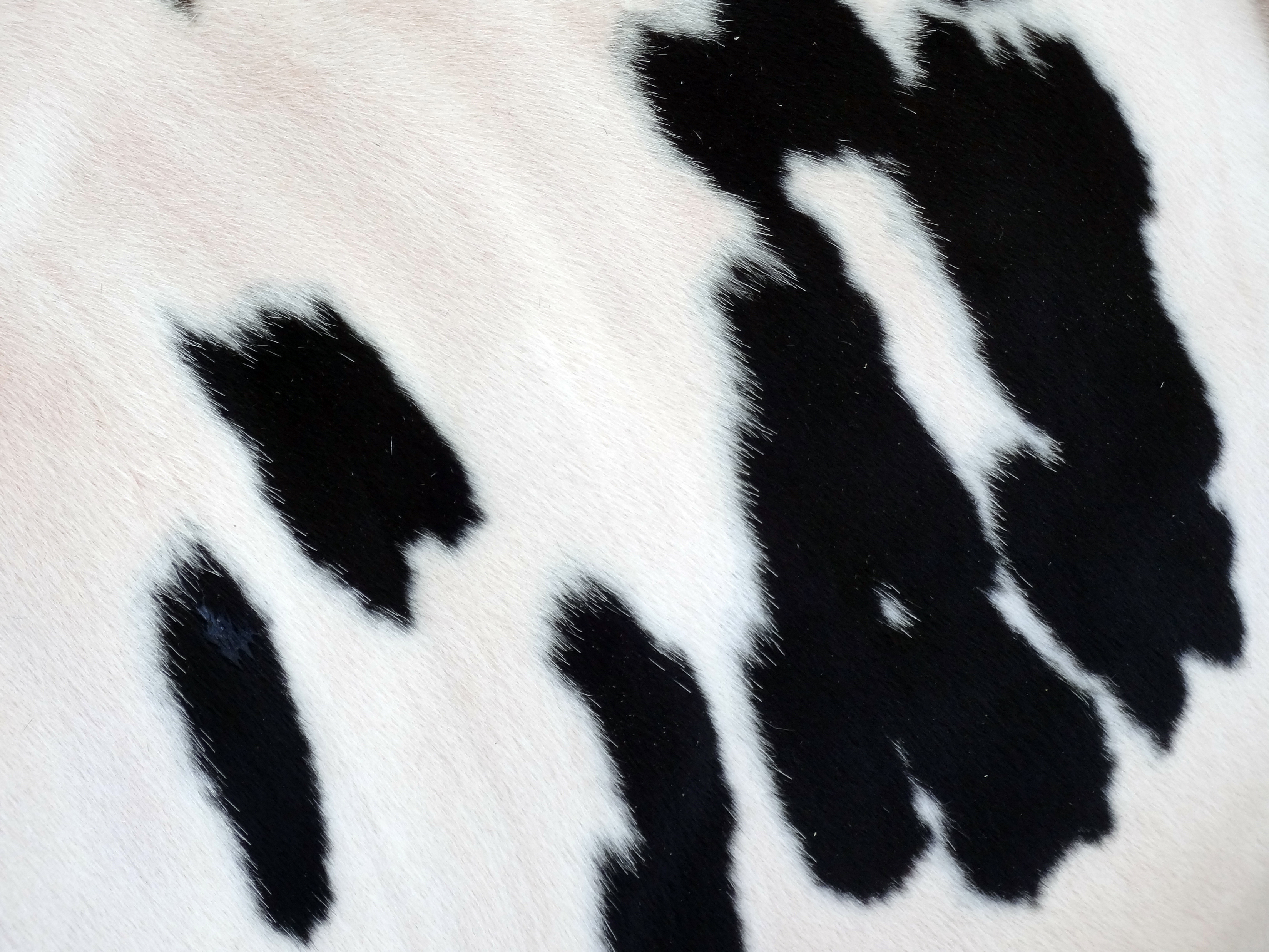Vitamin C is an essential molecule for humans so that its dietary intake is needed. Many animals are able to synthesize this vitamin starting from precursors such as glucose and galactose, through the glucuronic acid metabolic pathway. In ruminants, vitamin C is strongly degraded (about 60%) by rumen microflora and depends on their endogenous hepatic production.
Ascorbic acid has a number of functions, essential for animal physiology maintenance. Here below are reported some of the most important functions of vitamin C (Matsui et al., 2012; Ranjan et al., 2012):
- It is one of the most important antioxidant agents: this water-soluble vitamin is a powerful reducing agent that prevents cellular and tissue damage caused by free radicals in all tissues, including the brain and reproductive system.
- It is involved in vitamin E regeneration: when vitamin E reacts with free radicals, α-tocopheryl is formed, and it is returned to α-tocopherol thanks to vitamin C.
- It is involved in the catecholamines brain biosynthesis and is a co-factor of the enzyme dopamine
β-hydroxylase. - It transforms circulating iron into highly bioavailable forms.
- It stimulates the osteoblasts’ differentiation, promoting the correct skeleton ossification.
- It has an active part in granulosa cells’ norepinephrine biosynthesis starting from dopamine. It also interacts with catecholamines and helps regulate oxytocin production.
- The bovine adrenal glands need vitamin C to produce aldosterone; ascorbic acid has been shown to play a key role in the adrenals corticosteroids production and release.
- Vitamin C is involved in collagen synthesis, necessary for the correct maintenance of the tone and elasticity of the tissues.
- Neutrophils contain significantly higher concentrations (40-60X) of ascorbic acid than blood: vitamin C allows these cells to maintain correct motility and phagocytic activity, as well as the elimination of pathogens through respiratory burst.
- Leukocytes use vitamin C to proliferate and for interferon production.
It is true that bovines synthesize vitamin C, however, it is also true that this endogenous synthesis can be reduced and/or lower than the requirements during particular periods. Different comparative studies demonstrated that vitamin C plasma concentration is highly variable during different phases of their productive life. Bovines are unable to synthesize vitamin C before 2-3 weeks of life. In calves, hepatic ascorbic acid levels are generally high at birth (and the cow in the pre-partum has a reduced blood concentration of this vitamin) and then drops in the following days. In this first phase of life, the animal totally depends on the vitamin from colostrum and milk. In general, the blood ascorbic acid levels show high individual variability, but they are equal between homozygous twins, indicating a strong genetic component. No correlation was demonstrated between vitamin C supplementation and increased immune defense function. Anyway, this integration (in milk and starter feed) leads calves to show a lower incidence of ocular and respiratory diseases. Calf metabolic demand for vitamin C is closely linked to numerous environmental factors and its integration is useful to meet animal requirements (Ranjan et al., 2012).
At the peak of lactation (but not only in this period) and in highly productive cows, there is a high demand for energy and glucose, mainly used for lactose synthesis. These animals have also a negative energy balance, especially in the transition period. There is reduced precursors availability for vitamin C hepatic synthesis, with its consequent deficiency. Increases in mastitis incidence have been associated (in cows and sheep) with low ascorbic acid blood concentrations, as well as there is a positive correlation between vitamin C supplementation and the reduction in mastitis incidence and somatic cells number (Ranjan et al., 2012; Matsui et al., 2012). The exact mechanism is not yet fully understood. On the other hand, all fresh cows have low vitamin C concentrations, but there is no correlation with circulating ketone body levels (Matsui et al., 2012). Hepatic pathologies and traumas reduce both liver function and vitamin C endogenous synthesis. Whit hepatic steatosis, vitamin B and methyl donors help energy metabolism while vitamin C dietary supplementation improves the animal general health: the antioxidant effect faces oxidative stress and hepatic steatosis.
Heat stress negatively affects the ascorbic acid blood concentration in cows: gluconeogenesis is reduced and there is a precursors deficiency for vitamin synthesis. At the same time, high temperatures cause oxidative stress, increasing animal requirements for antioxidants. Under heat stress circulating vitamin C decreases (up to 50%) compared to the autumn period (Padilla et al., 2006; Sunil Kumar et al., 2010). During summer, dietary supplementation of rumen-protected and highly bioavailable vitamin C sustains the physiologic functions in which this molecule is involved. Fertility is strongly related to vitamin C supplementation during heat stress periods: in summer, the calving-conception period lengthens and the incidence of reproductive pathologies increase. Ascorbic acid plays a crucial role in ovarian follicle development and correct maturation as well as in the maintenance of the corpus luteum. Furthermore, it is implicated in steroids and oxytocin synthesis. It is demonstrated that vitamin C supplementation, especially in the peripartum period, improves fertility and reduces placental retention incidence in cows and buffaloes (even if the exact reason is not already clear) (Hussein et al., 2012).
There are no guidelines nor a defined range for vitamin C integration in ruminant diets, even if its plasma levels are extremely variable and ascorbic acid is involved in several metabolic and physiological processes. For these reasons, vitamin C supplementation, especially during stressful periods, can be very useful. In this case, the free vitamin high rumen degradation must be considered. It is important to use a rumen-protected form of vitamin C (i.e. microencapsulated) to optimize both the diet and the bioavailable ascorbic acid for the ruminant.For more information: marketing@vetagro.comOriginal article here.









